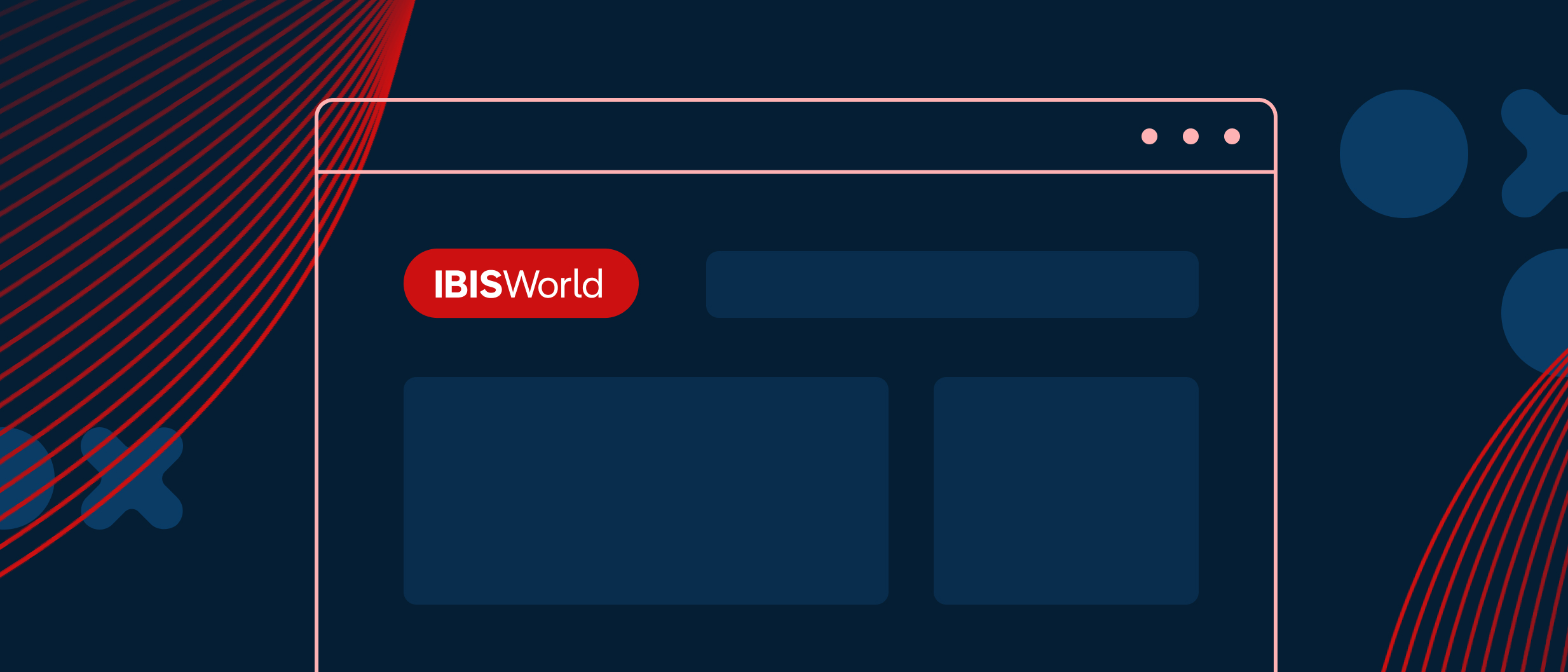The COVID-19 pandemic has induced a rapid and unprecedented transition in the National and Regional Commercial Banks industry. In the wake of the pandemic, banks will need to grapple with lower interest rates, weaker economic growth, higher non-performing loans, and accelerating disruption from new technologies and new competitors.
Shifts in retail banking behaviour
New behaviours adopted during the COVID-19 pandemic will likely become permanent fixtures of the banking landscape. The shift to online banking has accelerated, as social distancing requirements and health awareness have encouraged consumers to conduct their banking online, rather than in person at branches. Major players across the industry have announced plans to close branches, as the need for these facilities has lessened following the COVID-19 pandemic. Advances in online banking have reduced the need for an extensive branch network, as highlighted by the market penetration of neobanks and banks with a low physical presence, such as Citigroup and ING. The closure of unnecessary branches is expected to assist banking profitability, as wages and rent accounted for 20.1% and 1.4% of industry revenue, respectively, in 2020-21.
The COVID-19 pandemic has also accelerated the end of cash transactions, as consumers have increasingly used cashless payment technology. Cash withdrawals from ATMs have been in gradual decline for many years, but have fallen significantly during the first months of the COVID-19 pandemic. While withdrawals have since rebounded, overall cash use is expected to remain subdued compared with levels prior to the pandemic.
Banks will need to adapt to changing consumer preferences, particularly regarding financial security. However, banks are anticipated to offer more products for risk-averse consumers, including savings, investments, insurance and income-smoothing products.

Lower interest rates for longer
The cash rate in Australia is currently at 0.1%, its lowest level in history. This ultra-low rate environment has squeezed the profitability of Australia’s major banks, trimming the net margins between interest received on loans and interest paid to deposit holders. The cash rate is expected to remain low for an extended period to support a struggling rebound from the COVID-19 pandemic. Australian banks are now confronted with the real possibility of the RBA introducing negative interest rates, following the lead of Europe and Japan.
Profit in a low-rate world
Profitability for the National and Regional Commercial Banks industry is expected to be subdued over the next five years. Elevated loan losses and repayment deferrals, and persistently low interest rates are anticipated to exert downward pressure on profit, which accounted for 24.5% of industry revenue in 2020-21. Reduced demand for home loans, particularly as net immigration falls and unemployment remains elevated, will also likely undermine profitability.
To maintain profitability in a low-rate environment, banks will need to pursue, develop and monetise a wider range of services to diversify income beyond net interest margins. For example, banks may expand into the Buy Now Pay Later industry to attract new customers, particularly as consumer demand for credit cards is in decline. Banks may also seek new revenue streams through a presence in the fledgling Cryptocurrency Exchanges industry. A key growth opportunity for banks is the ability to sell data-driven insights to their business customers by harnessing the powerful stores of consumer information they control.
Expected disruption
Banks will increasingly need to innovate and remain on the cutting edge of banking service abilities over the next five years, as a range of new entrants ramp up pressure on entrenched major players.
Neobanks remain a fairly minor element of the National and Regional Commercial Banks industry, with minimal market share. However, much larger threats for the major players lurk on the horizon. Technology giants have become increasingly willing to move into service areas typically controlled by banks. For example, in August 2019, Apple launched its own credit facility, Apple Card, in the United States. In June 2020, Amazon unveiled a partnership with Goldman Sachs to provide revolving credit lines to small businesses. The recent acquisition of Afterpay by the US payment firm Square further underlines the growing disruptive power of big technology. Australian banks will need to be ready to compete with powerful disruptors in the industry over the next five years.
IBISWorld company reports used to develop this release:
- Commonwealth Bank of Australia
- Australia and New Zealand Banking Group
- National Australia Bank
- Westpac Banking Corporation
IBISWorld reports used to develop this release:
- National and Regional Commercial Banks in Australia
- Buy Now Pay Later in Australia
- Cryptocurrency Exchanges in Australia
For more information, to obtain industry reports, or arrange an interview with an analyst, please contact:
Jason Aravanis
Strategic Media Advisor – IBISWorld Pty Ltd
Tel: 03 9906 3647
Email: mediarelations@ibisworld.com







